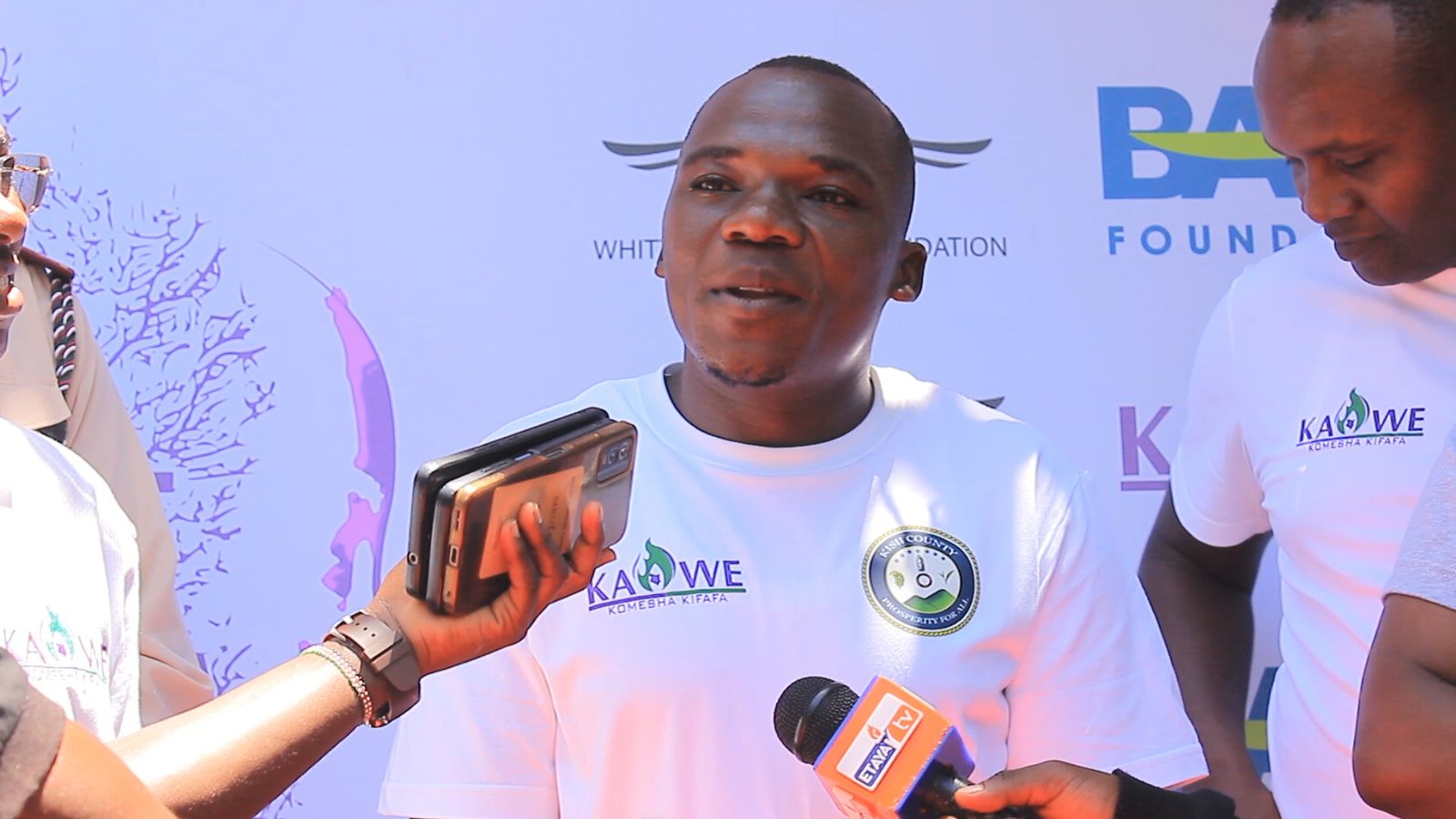
Addressing stigma and access to treatment in Kenya » Capital News
NAIROBI, Kenya, Feb 13 — As the world observes Epilepsy Day, the condition remains a pressing health issue in Sub-Saharan Africa.
The continent accounts for over 80 per cent of people living with epilepsy, yet many lack access to proper treatment. As a result, mortality rates are two to three times higher than those in high-income countries.
This year’s theme, “My Epilepsy Journey,” resonates deeply with Brian Machuka from Kisii County, an epilepsy champion who has battled the condition for years.
He recalls his difficult path, navigating stigma and discrimination before finally receiving proper treatment.
Brian was diagnosed with epilepsy while in Grade V after a doctor reviewed his medical history and symptoms.
As a young boy, he struggled with rejection from fellow pupils, teachers, and the community.
“Whenever I had an epilepsy attack, everyone would run away until I regained consciousness,” he recalls.
This isolation forced him to drop out of school, as the environment failed to accommodate his condition.
Desperate for a cure, his family turned to church pastors and traditional healers, but his condition remained unchanged.
It was only after seeking medical treatment that he was put on medication and scheduled for regular doctor visits—eventually leading to his recovery.
Today, Brian joins thousands of epilepsy champions in Africa, urging those with the condition to seek medical care and get treated.
Breaking the Chains: Creating Awareness
During a three-day awareness event in Kisii, Patrick Ngechu, Executive Officer of the Kenya Association for the Welfare of People Living with Epilepsy (KAWE), highlighted the growing epilepsy crisis.
He noted that at least one million Kenyans live with epilepsy, with approximately 17 people per 1,000 affected by the condition.
KAWE currently operates four clinics in Nairobi and plans to open a fifth in Kisii in collaboration with the county government.
The organization also oversees 29 affiliate intervention clinics nationwide.
Kisii County has the highest prevalence of epilepsy cases in Kenya and in response to this, KAWE conducted a survey to better understand the numbers and dispel myths surrounding the disease.
Other counties with high prevalence include Kitui, Kwale, Garissa, and Isiolo.
“With the help of chiefs and clan elders, we have successfully created epilepsy awareness in Kisii. Residents now understand that epilepsy is curable if one seeks medical attention,” says Ngechu.
Despite these efforts, stigma remains a major challenge. In some cases, families and caregivers tie up epilepsy patients or hide them away, fearing public shame.
Deep-rooted traditional beliefs continue to fuel myths and misconceptions, with some communities believing epilepsy is contagious or seeking treatment from witchdoctors instead of medical professionals.
“We urge communities to refer epilepsy patients to healthcare facilities because the disease is curable,” Ngechu emphasizes.
“In Kisii, we have trained healthcare workers from different government facilities across the nine sub-counties to handle epilepsy cases.”
Combating Stigma Through Education and Surveys
Dr. David Okinyi, Kisii County Director of Cancers and Non-Communicable Diseases, reports that healthcare facilities manage up to 2,000 epilepsy patients annually.
However, many more remain untreated due to stigma and misconceptions.
“We have more patients than those seeking medical care. We urge families hiding these individuals to come forward so they can receive treatment, live normal lives, and contribute to society,” says Dr. Okinyi.
Kisii County has ten epilepsy care centers staffed by trained healthcare workers who attend to patients weekly.
A Knowledge, Attitude, and Perception (KAP) baseline survey conducted across 345 households revealed that stigma remains a major barrier to epilepsy treatment.
The findings identified Nyaribari Masaba Constituency as having the highest number of epilepsy cases, alongside a strong belief in traditional remedies. Meanwhile, Bomachoge Chache reported the lowest prevalence of such beliefs.
The survey also found that; women face more stigma than men, 17.3 per cent of patients seek treatment from witchdoctors and 66 per cent understand medical treatment options.
Other findings showed 33.4 per cent travel to Nairobi for treatment and that Bobasi Constituency has a higher prevalence of stigma compared to South Mugirango.
Establishing an Epilepsy Clinic in Kisii
To address the growing need for epilepsy care, Kisii County’s Minister of Health, Ronald Nyakweba, has reaffirmed the government’s commitment to working with KAWE in setting up a specialized epilepsy clinic.
“We have already identified a site for construction, and the clinic will be equipped to provide epilepsy care,” says Nyakweba.
He emphasizes the need for public awareness to combat harmful beliefs.
“Many people see epilepsy as a curse. We must educate our communities to treat it like any other disease and seek medical care for their well-being.”
As Kenya continues its efforts to eliminate epilepsy-related stigma, medical professionals and advocacy groups stress that timely treatment and proper education can significantly improve the lives of those affected.